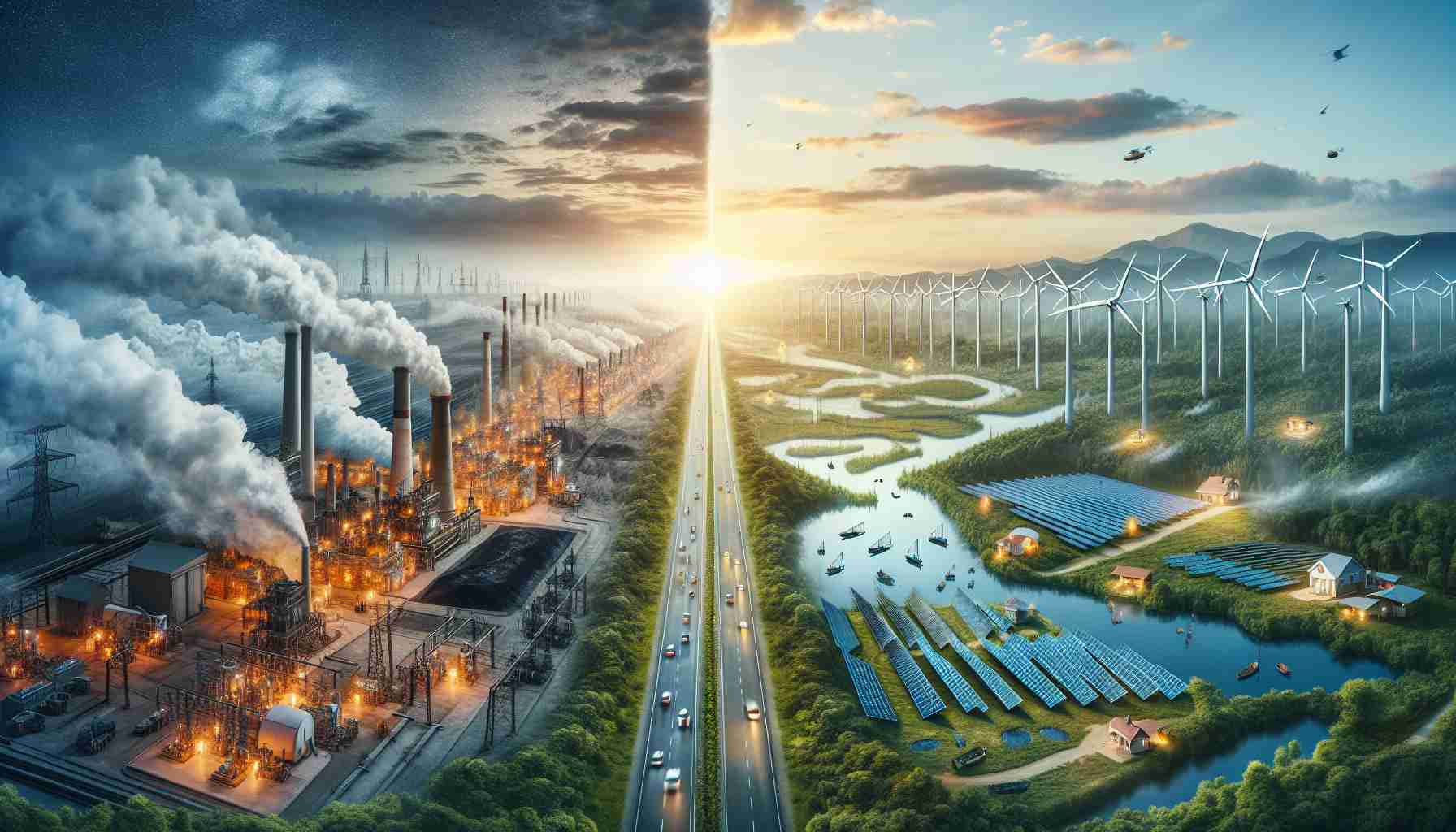In a world facing environmental challenges, the transition to renewable energy stands as a crucial step towards a sustainable future. Despite the popular belief that renewables should be cheaper than fossil fuels, the shift has not happened as rapidly as expected. The gap between electricity consumption and renewable supply continues to widen, posing a growing disaster for decarbonization efforts. The urgency to switch to renewables is evident, especially considering that electricity is a significant source of greenhouse gas emissions.
The main hindrance to transitioning to renewable energy lies in profit motives. Investors seek quick returns, making renewable energy projects less attractive due to the longer repayment periods. Additionally, the competitive nature of electricity generation drives down profits, deterring private investors. As a result, the market fails to drive the necessary transition towards renewable energy efficiently.
With private markets falling short, state intervention emerges as a viable solution. Direct public ownership of electricity production is presented as the most feasible path to facilitate the transition to renewables at the necessary scale and speed. Brett Christophers advocates for state involvement, challenging the notion that markets alone can solve social and environmental crises. While private markets prioritize profit, state ownership offers a more sustainable and effective approach to address the challenges posed by the transition to renewable energy.
The Power of Transition to Renewable Energy: Unveiling New Insights and Challenges
As the world strives to combat climate change and reduce carbon emissions, the transition to renewable energy sources becomes increasingly pivotal. However, there are several key aspects of this transition that are often overlooked but crucial in understanding the complex dynamics at play.
What are the critical questions surrounding the transition to renewable energy?
One important question revolves around the issue of infrastructure. How can existing energy infrastructure be effectively repurposed or upgraded to accommodate a higher share of renewable energy sources? This is a pressing concern as the integration of renewables into the grid requires significant investments in grid modernization and storage technologies.
Another pertinent question is related to workforce transition. As the energy landscape shifts towards renewables, what measures need to be put in place to ensure a just transition for workers in fossil fuel industries? Retraining programs and job placement initiatives are essential to mitigate the social impacts of the energy transition.
Key Challenges and Controversies:
One of the primary challenges associated with the transition to renewable energy is the issue of intermittency. Unlike fossil fuel power plants, renewable sources such as solar and wind are dependent on variable weather conditions. This variability poses challenges in ensuring grid stability and reliable power supply.
Another controversy surrounds the land use implications of scaling up renewable energy production. Large solar and wind farms require substantial land area, which can potentially encroach on ecologically sensitive areas or compete with food production. Balancing the need for renewable energy expansion with environmental conservation remains a point of contention.
Advantages and Disadvantages of Transitioning to Renewable Energy:
On the plus side, transitioning to renewable energy offers numerous benefits, including reduced greenhouse gas emissions, improved air quality, and energy security. Renewable sources are also inexhaustible and contribute to the diversification of energy supply, reducing dependence on finite fossil fuels.
However, drawbacks exist as well. The upfront costs of renewable energy infrastructure can be substantial, deterring some investors and necessitating financial incentives or subsidies. Additionally, the variable nature of renewables requires robust storage solutions, which can add complexity and cost to energy systems.
For more information on the latest developments in renewable energy transitions, visit Renewable Energy World. This reputable source offers insights into industry trends, technological advancements, and policy updates shaping the renewable energy landscape.
